Where to Put Phone Charm on Samsung Galaxy S9
Galaxy S9 vs. Galaxy S9+: Which Phone Should You Buy?
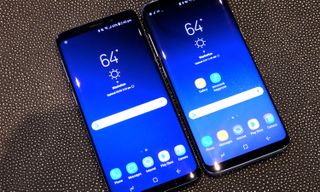
Two shiny, new Galaxy phones are now available from Samsung. But which one is the right choice for you?
After reviewing both the 6.2-inch Galaxy S9+ and the 5.8-inch Galaxy S9, we think the S9+ offers enough extra features and performance to justify its higher price tag. Still, the S9 is a solid upgrade over past Samsung phones in its own right and is a good choice for anyone who wants a smaller device or balks at paying more than $750 for a smartphone.
- Best Galaxy S9 cases: Get a great accessory for your S9 or S9+
Here's a closer look at what both the Galaxy S9 and S9+ have to offer and the areas where one model edges out of the other.
Galaxy S9 vs S9+: Specs Compared
| | Galaxy S9 | Galaxy S9+ |
| Price | $720-$840 | $840-$960 |
| Display | 5.8 inches (2960 x 1440 pixels) | 6.2 inches (2960 x 1440 pixels) |
| Camera | 12-MP Super Speed Dual Pixel (f/1.5-f/2.4) | 12-MP Super Speed Dual Pixel (f/1.5-f/2.4), 12-MP telephoto with 2x zoom (f/2.4) |
| Front Camera | 8-MP (f/1.7) | 8-MP (f/1.7) |
| CPU | Snapdragon 845 | Snapdragon 845 |
| RAM | 4GB | 6GB |
| Storage | 64GB, 128GB, 256GB | 64GB, 128GB, 256GB |
| microSD | Up to 400GB | Up to 400GB |
| Battery | 3,000 mAh | 3,500 mAh |
| Battery Life (Hrs:Mins) | 10:52 | 10:59 |
| Colors | Midnight Black, Coral Blue, Lilac Purple | Midnight Black, Coral Blue, Lilac Purple |
| Size | 5.8 x 2.7 x 0.33 inches | 6.2 x 2.9 x 0.33 inches |
| Weight | 5.8 ounces | 6.7 ounces |
What's the Same?
Before we dive into differences, let's quickly look at the features the Galaxy S9 and S9+ share. Qualcomm's new Snapdragon 845 processor powers both phones, delivering a performance boost over last year's Snapdragon 835-based phones. In our testing, the 845-powered phones were as much as 32 percent faster than last year's S8 models in Geekbench 4, which measures overall performance. (Samsung's phones till trail the iPhone X, though.) The new S9s also beat last year's Snapdragon 835-powered devices in graphics testing.
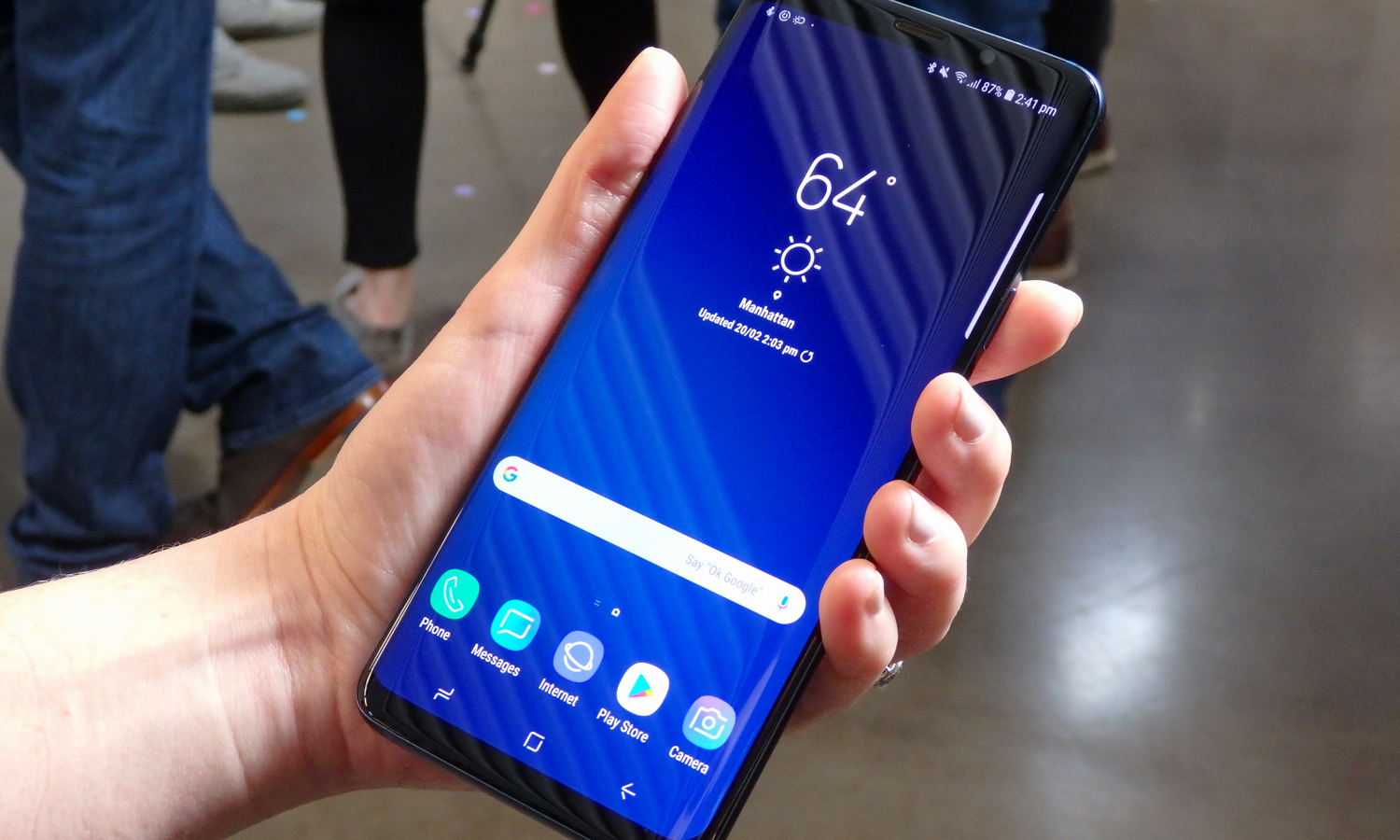
Samsung's new phones retain the Infinity Display introduced with last year's Galaxy S8 and S8+, with the displays on both new phones stretching from edge to edge. Those screens on Samsung's latest phones are OLED panels with the same 2,960 x 1,440 resolution. You also get brighter displays than you got with the Galaxy S8 and S8+.
Both the S9 and S9+ offer vastly improved shooters, thanks to that variable aperture on the main lens. That means that in low light, you'll take photos with the wider aperture, which should let in more light and lead to a sharper picture. Other times, you'll use the narrower f/2.4 aperture so that your final shot isn't washed out. Both the S9 and S9+ can change the aperture, just as both will use software to support multiframe noise reduction. We like how the new camera performs, though the S9 still trails the iPhone X and Pixel 2 XL for overall image quality.
You'll also find the same software features in the Galaxy S9 as in the S9+. Both phones feature the Bixby personal assistant, including the improvements to the Bixby Vision image-recognition. The two phone models also support the Intelligent Scan feature that combines iris scanning with facial recognition to let you log in to your phone.
Even storage is the same. Both the Galaxy S9 and S9+ come with 64GB of onboard storage in their base configuration, with a microSD slot that boosts capacity to 400GB. Samsung has just started selling 128GB and 256GB versions of both phones. If you want the 128GB version, add $50 to the base price of $720 for the S9 and $840 for the S9+; the 256GB version of either phone now costs an extra $120. (The price on the 256GB model went up by $20 after pre-orders ended.)
MORE: 6 Reasons to Buy the Galaxy S9 (and 2 Reasons to Skip It)
What's Different?
The most obvious difference between the two phones is size. At 5.8 x 2.7 x 0.33 inches, the S9 is a shorter and narrower, which makes sense because it has a smaller, 5.8-inch screen. The Galaxy S9+ has a larger, 6.2-inch panel and a larger body, at 6.2 x 2.9 x 0.33 inches, to accommodate that screen.
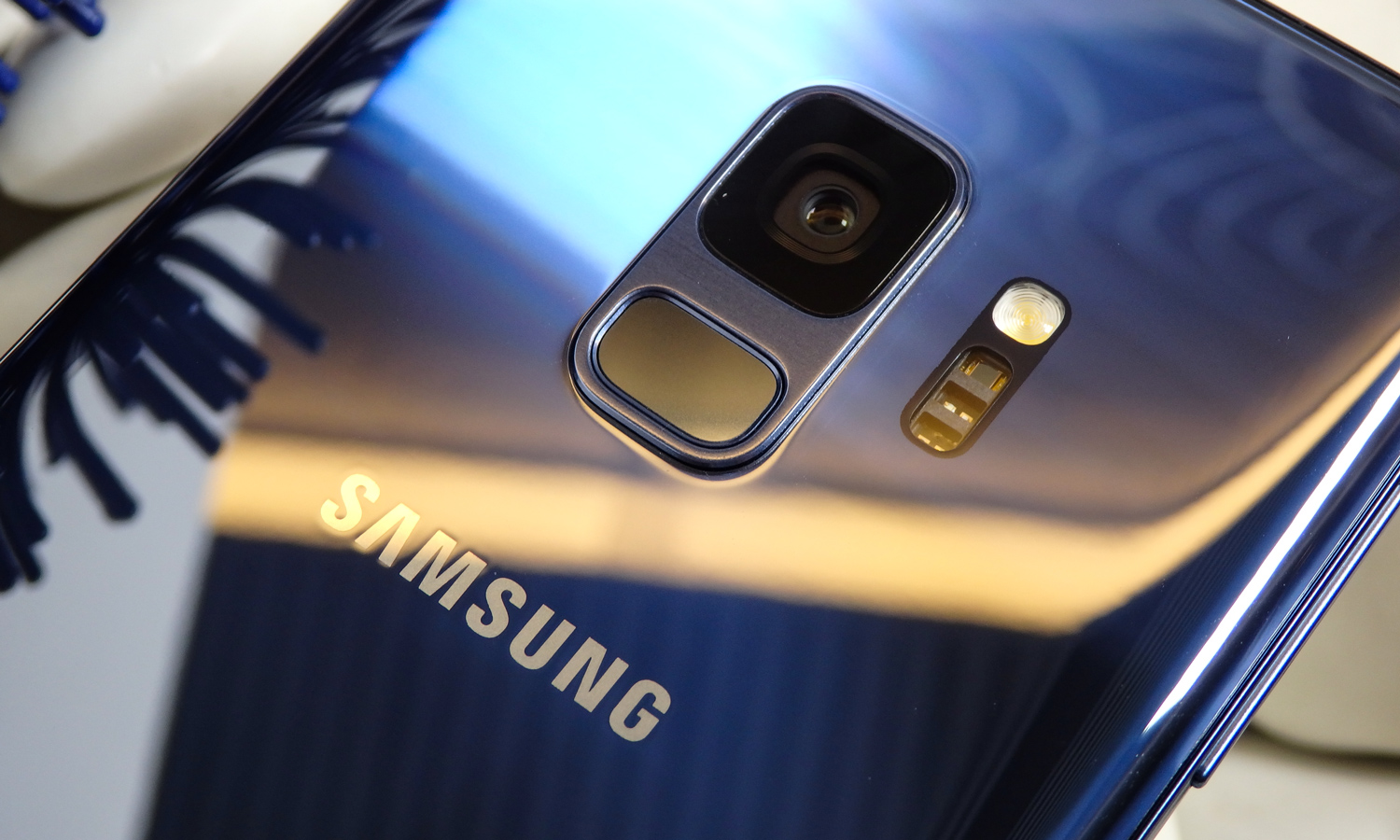
Flip the phones around, and you'll spot another big difference between the S9 and S9+. The latter model has two rear cameras instead of the single lens on the back of the S9. While the S9 features a 12-megapixel shooter with a variable aperture (it adjusts between f/1.5 and f/2.4 depending on the situation), the S9+ adds a 12-MP telephoto lens with an f/2.4 aperture. And that's a big difference: thanks the two cameras, the S9+ delivers a 2x optical zoom, matching a feature found in Apple's twin-lens iPhone 8 Plus and iPhone X.
Less obvious are the internal differences between the two models. The S9 includes 4GB of RAM — pretty standard for a flagship phone. But the S9+ ups the ante with 6GB of memory. The extra RAM gives the S9+ an edge over its smaller sibling. We use Adobe Premiere Clip to convert a 2-minute 4K video to 1080p resolution. The S9+ finished that task in 2 minutes, 32 seconds while the S9 took nearly a minute longer (3:29). The S9+ also outperformed the S9 on Geekbench 4, though the two phones turned in similar scores in graphics tests.
You'll also find a bigger battery in the S9+: a 3,500-mAh power pack compared to the 3,000-mAh battery inside the S9. (Coincidentally, those are the same battery sizes for the S8 and S8+, respectively.) The different battery sizes didn't translate to wildly different results when we put both phones through the Tom's Guide Battery Test, which involves continuous web surfing over T-Mobile's LTE network. The S9 lasted 10 hours, 52 minutes — about an hour longer than the average smartphone. The S9+ lasted longer on a charge, but only by 7 minutes over the S9. Those times weren't as long as what the Galaxy S8+ turned in, a result we attribute to the brighter screens on the new phones.
Pricing and Deals
As noted, the Galaxy S9+ costs more than the Galaxy S9. Samsung sells its larger phone for a starting price of $840 while the unlocked S9 is available for $720. (Again, that's for the 64GB model. The 128GB S9 costs $770, while the 128GB S9+ costs $890; you'll pay $840 and $960 for the 256GB version of the S9 and S9+, respectively.) Prices on the two phones vary from carrier to carrier, but generally, you'll find a $120-$130 price difference between the two models.
Now that the phones have been out on the market for a bit, you'll be able to find Galaxy S9 discounts and deals from both retailers and carriers, though promotional pricing can change in an instant. As of this writing Sprint currently offers to knock of half the cost of either new Galaxy phone when you sign up for an 18-month lease and open a new line. AT&T has a half-off deal, too, but it requires you to also get TV service from the company's DirecTV arm.
Which Phone Should I Get?
Given the performance edge and dual cameras on the Galaxy S9+, we think it's the more impressive model of Samsung's two phones. Still, the right model for you depends on which features are at the top of your wish list.
Get the Galaxy S9+ if you want a 2x zoom and take lots of portraits: If you've looked with envy at phones that have dual rear cameras, it's a no-brainer which new Samsung phone to get. The Galaxy S9+'s dual rear cameras enable a 2x optical zoom. When you need an up-close look at something, the S9+ will be able to zoom in without the kind of distortion you'd expect from a digital zoom.
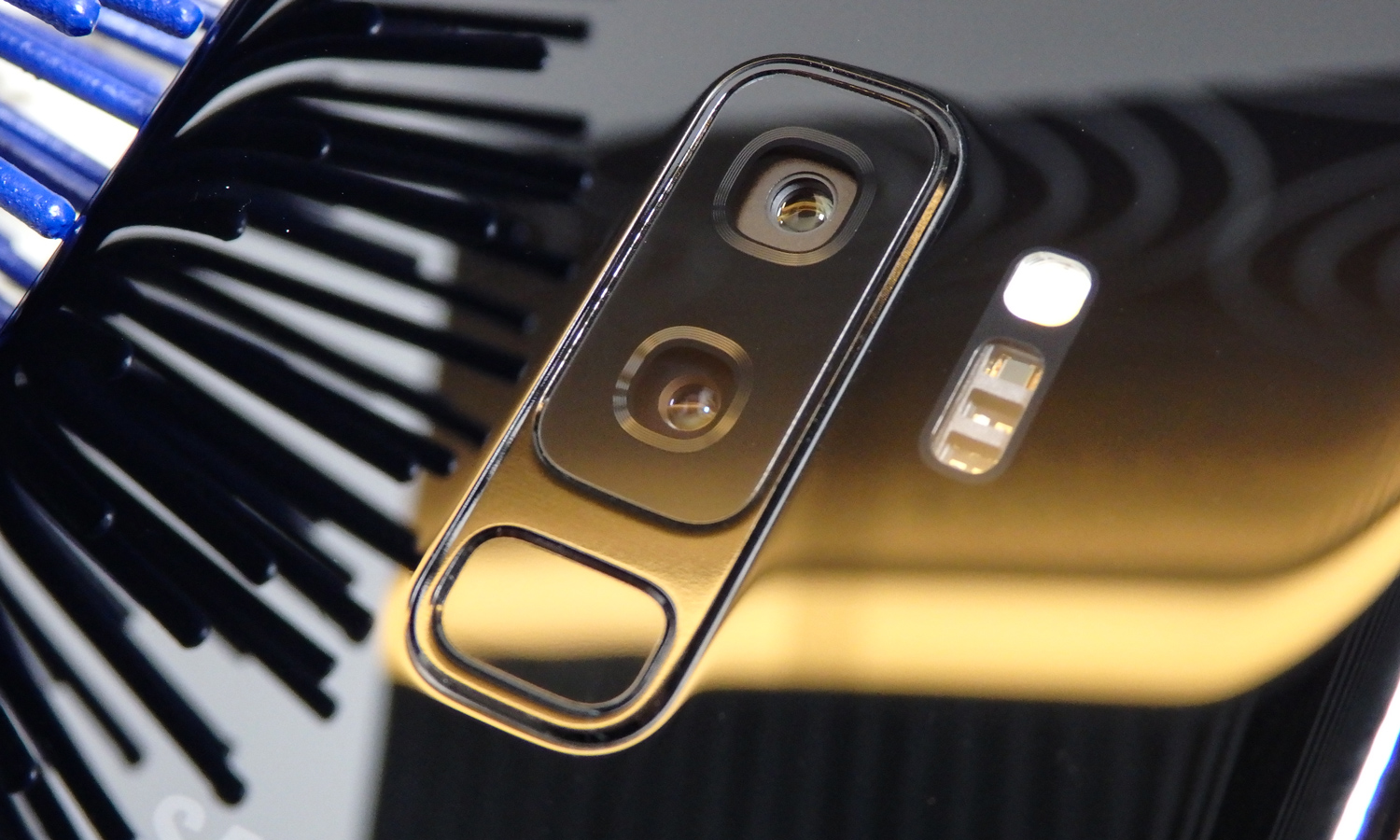
The S9+'s second lens means that you can shoot portraits with a bokeh effect, where the subject of a photo stands out in sharp contrast against a blurred background. And with Live Focus, you can adjust the blur in the background of a photo both before you shoot and afterward a feature Note 8 owners already enjoy.
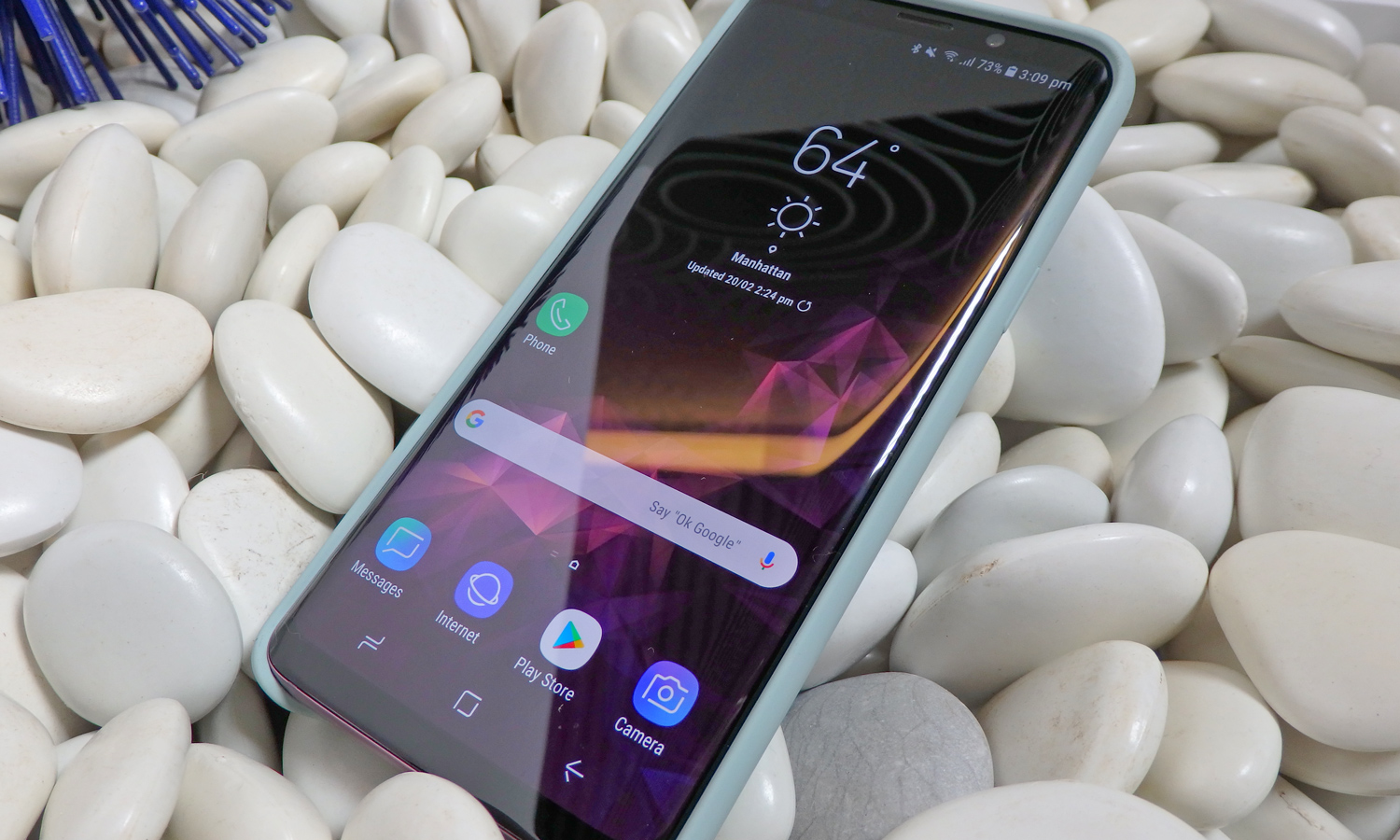
Get the Galaxy S9 if you want a more compact phone: The 18:9 aspect ratio on both new Galaxy models makes them easier to hold in one hand than the phablets of yesteryear. But there's no getting around the fact that a phone with a smaller screen takes up less real estate. If you've watched devices get bigger and bigger wondering how you're going to lug all that phone around, you may like the S9, which retains a reasonably compact form without sacrificing too much screen real estate.
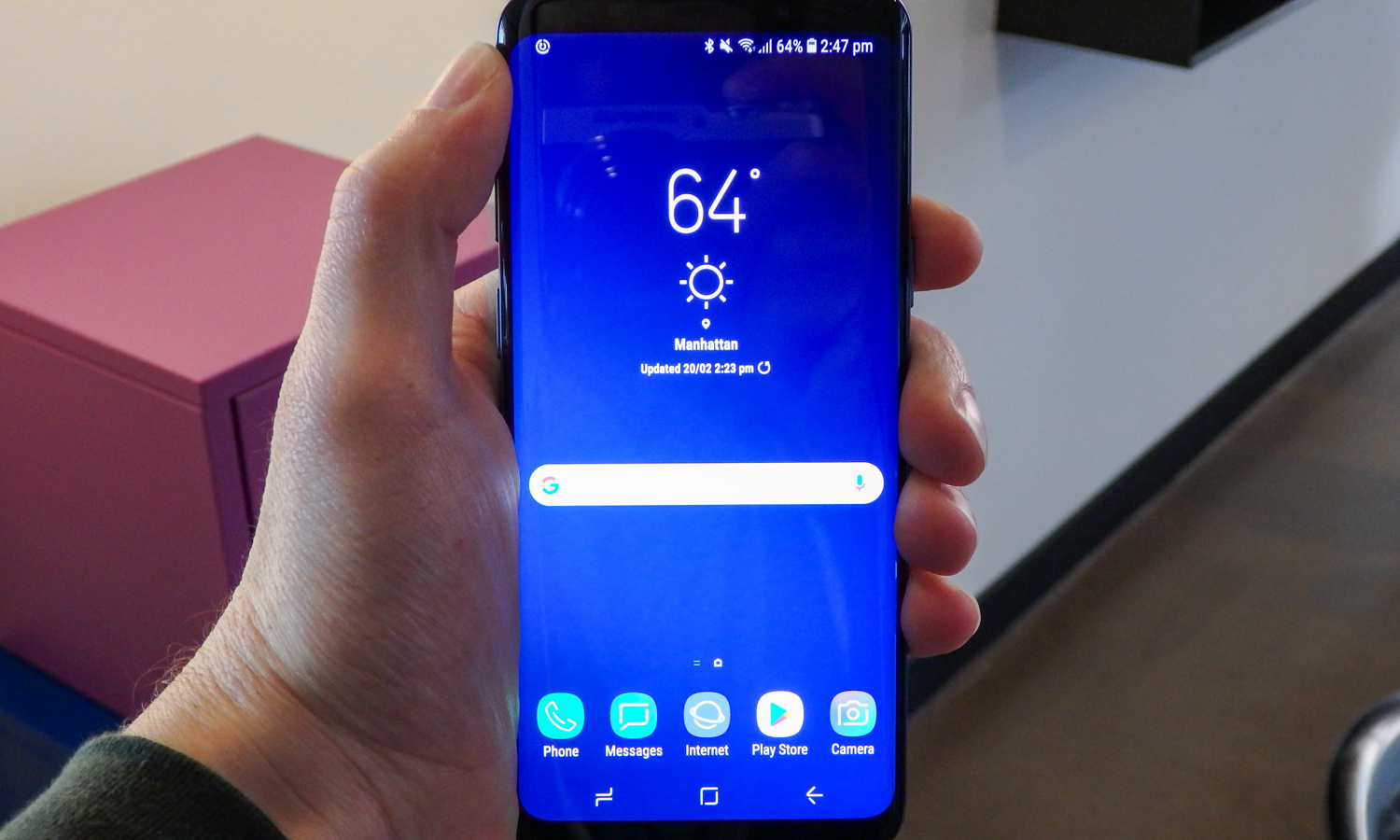
Get the Galaxy S9+ if you want more performance oomph: The Galaxy S9 and S9+ are the best-performing Android devices on the block, at least until more phones get the Snapdragon 845 processor. But the S9+ has a little bit extra underneath the hood in the form of its 6GB of RAM. That gives the S9+ a bit of a boost over the S9, particularly when you're switching between apps.
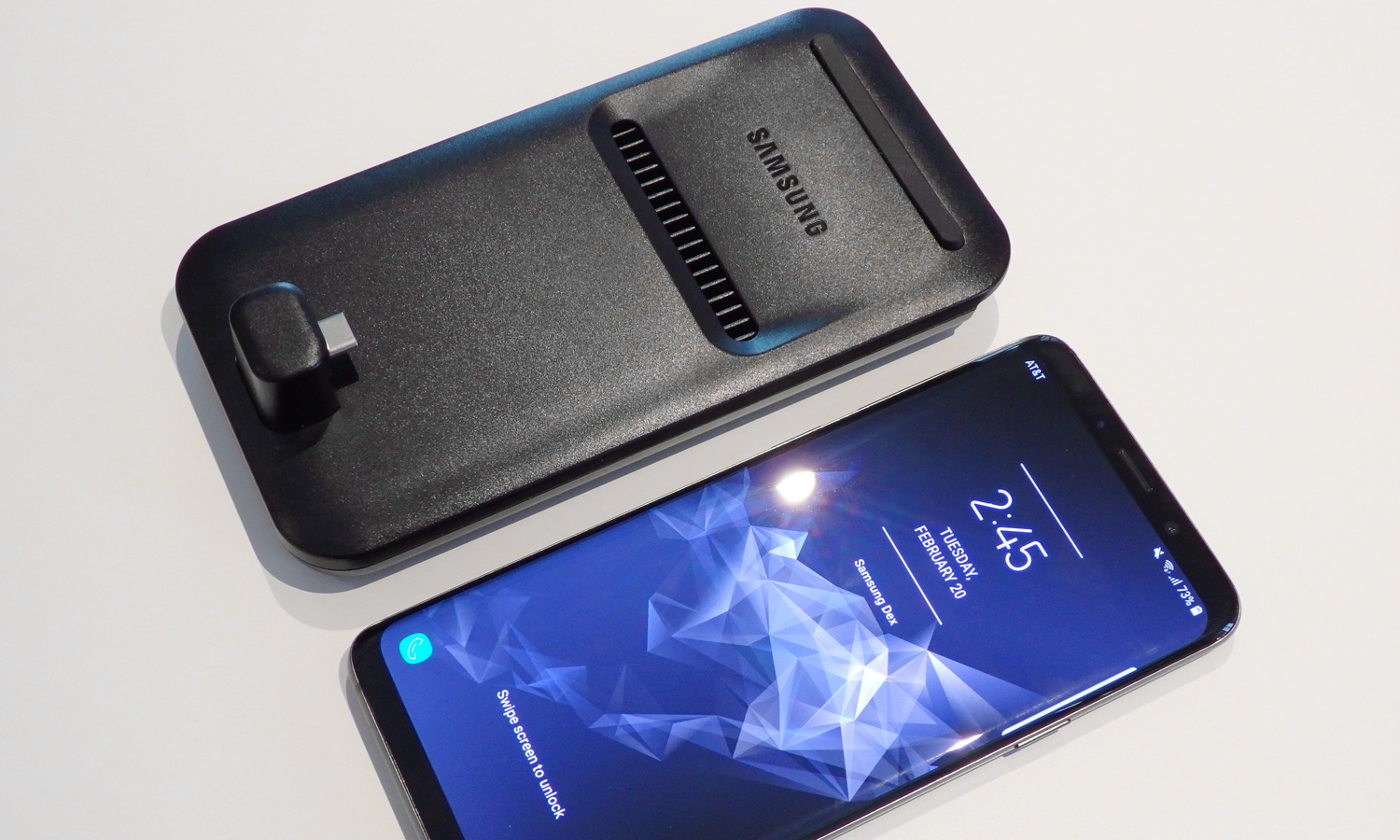
Get the Galaxy S9 if you don't want to pay top dollar: Samsung's charging $720 for an unlocked S9 and $840 for an unlocked S9+. While those prices are lower than what the S8 and S8+ debuted at, the price gap between the standard and plus models has grown to $120. If you'd like to pocket that difference, the S9 is the phone to get. And trade-ins could help you save even more, depending what assorted carriers are offering when you order.
(Just be aware that different carriers are charging different prices for both phones, so shop carefully.)
Get the Galaxy S9+ if you want slightly longer battery life: Honestly, there's not much separating the S9 from the S9+ in terms of battery life. But the S9+ did outlast the S9 in our testing, if only by a little bit. Credit the larger battery in Samsung's 6.2-inch phone for the edge it enjoys over its smaller sibling. You'll get a full day's use out of either the Galaxy S9 or the S9+, but the S9+ lasts just a little bit longer.
Editors' Note: Updated May 24 to reflect new pricing on the 256GB Galaxy S9 and S9+ models.
- Galaxy S9 vs. Galaxy S8: Here's What's Changed
- Galaxy S9 Camera: The 5 Biggest Changes
- Galaxy S9 Storage: Here's How Much You Get

Philip Michaels is a senior editor at Tom's Guide. He has strong opinions about Apple, the Oakland Athletics and old movies. Follow him at @PhilipMichaels.
Where to Put Phone Charm on Samsung Galaxy S9
Source: https://www.tomsguide.com/uk/us/galaxy-s9-vs-s9-plus-specs,review-5168.html
0 Response to "Where to Put Phone Charm on Samsung Galaxy S9"
Post a Comment